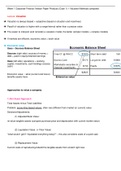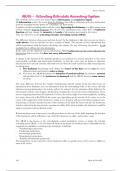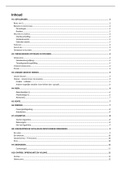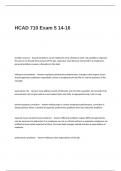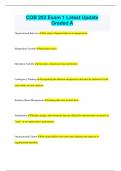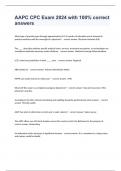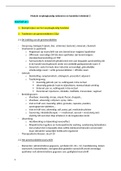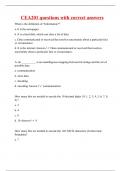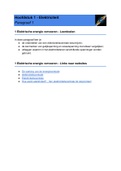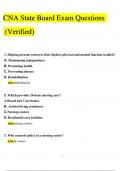Samenvatting
Corporate Finance Full Course Summary
- Instelling
- Universiteit Van Amsterdam (UvA)
This introductory Finance course focuses on Governance and M&A-related concepts. Beginning with Equity and Asset Valuation, the main part focuses on theories about Principal-Agent conflicts as well as corporate structures to prevent such adverse effects. The last two chapters focus on M&A activity ...
[Meer zien]
